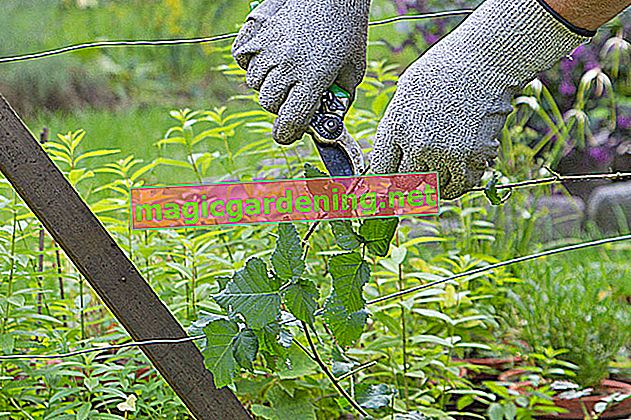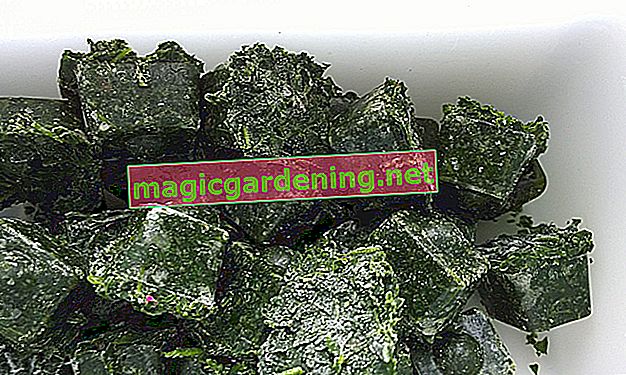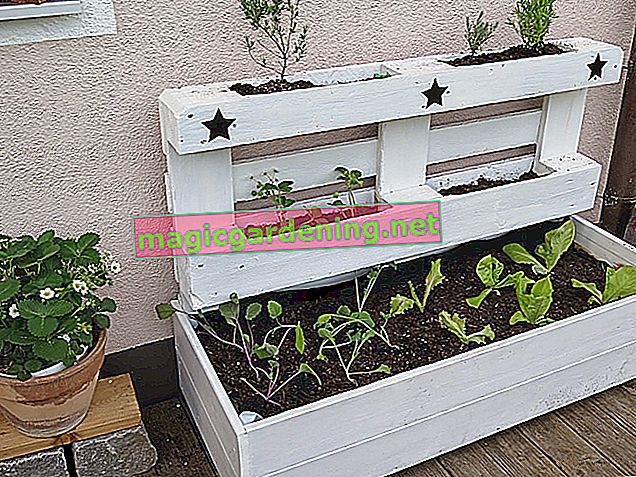
Efeututen do not form adherent roots
Unlike other climbing plants, ivy does not develop adherent roots, but only aerial roots. These do not adhere to the ground or a climbing aid and must therefore be tied to the climbing aid by hand or attached in some other way.
also read
- Efeututen do not form offshoots
- Efeututen come in different types
- Efeutute hanging or grown as a climbing plant
The right climbing aid for efeututen
As a climbing aid for an efeutute, you can use anything that you can guide or tie the tendrils along.
Small trellises that are inserted into the substrate are popular. The tendrils are simply passed through the mesh. In hydroponic efeututes, the climbing aid should be made of plastic so that it does not rot.
With a trellis as a climbing aid, the pot must be deep enough so that you can anchor it well in the ground.
Epithic trunks as a climbing aid
Trunks of epiths wrapped in moss are very popular as climbing supports. The moss stores water and thereby increases the humidity.
The tendrils of an Efeutute are attached to the stem of the epithelium with clips.
The clamps must not constrict the shoots of the ivy. Otherwise they cut off the water and nutrient supply, so that the efeutute gets yellow leaves and in the worst case the shoot dies.
Pulling ivy tails
To green a wall, you only need a few nails. You simply tie the tendrils of the ivy to it.
Tips
You can easily grow an efeutute without a climbing aid if you just let the tendrils hang down. Remember, however, that ivy is poisonous and the tendrils must not be within reach of children and pets.








